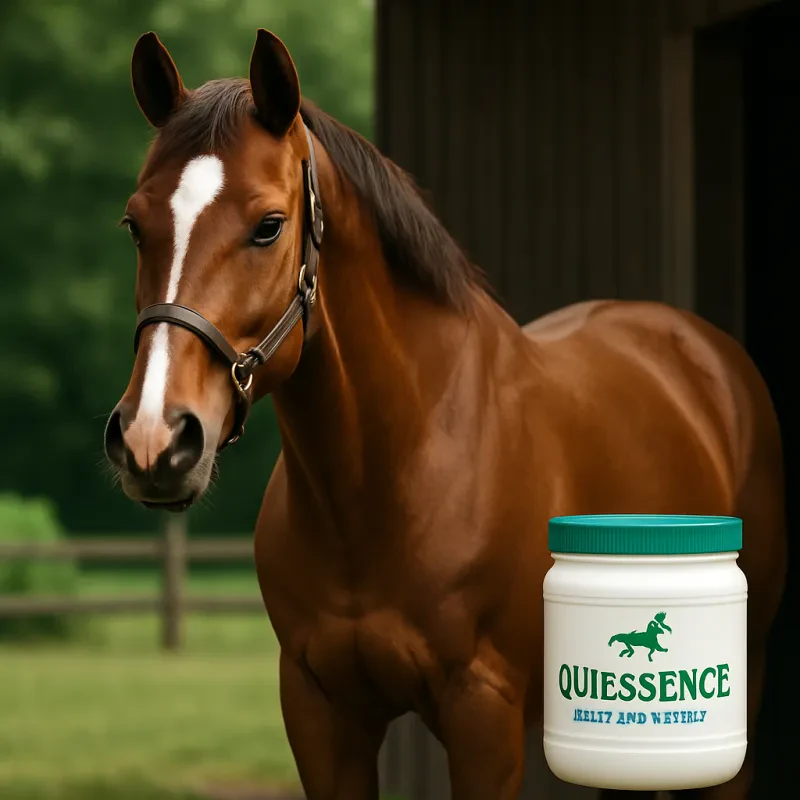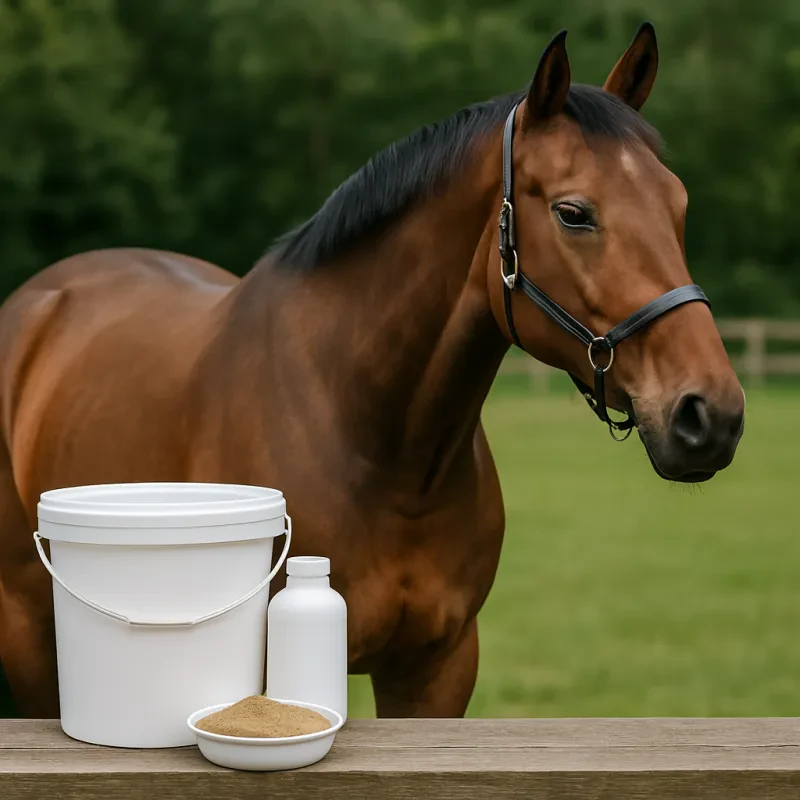First and foremost, consider your riding experience. If you are a beginner rider, you will want to look for a horse that is well-trained and reliable. On the other hand, if you are an experienced rider looking for a competition horse, you will want to choose a horse with the right temperament and skills to excel in your chosen discipline.
Next, think about your goals for horse ownership. Are you looking for a trail riding companion, a show horse, or a horse for breeding? Make sure the horse you choose is well-suited to your goals and aspirations. For example, if you want to compete in dressage, you will want to choose a horse with good movement and conformation.
Finally, consider your lifestyle and the amount of time you can dedicate to caring for a horse. Some horses require more time and attention than others, so make sure you choose a horse that fits your lifestyle. If you have a busy schedule, you may want to look for a horse that is low maintenance and easy to care for. Ultimately, choosing the right horse is a personal decision that should be based on your individual needs and preferences.
Basic horse care essentials
When it comes to owning a horse, there are a few basic care essentials that every horse owner should be aware of. These essentials are essential for maintaining your horse's health and well-being. From feeding to grooming, here are the basics you need to know.
First and foremost, proper nutrition is crucial for keeping your horse healthy. Horses are herbivores, so their diet should consist mainly of grass, hay, and grains. It's important to ensure that your horse has access to fresh, clean water at all times. In addition to a proper diet, horses also need regular access to salt and minerals to help maintain their electrolyte balance.
Grooming is another essential aspect of horse care. Regular grooming helps to keep your horse's coat clean and healthy, as well as preventing skin issues such as rain rot and fungal infections. In addition to grooming, it's important to maintain your horse's hooves by picking them out regularly and scheduling regular trims with a farrier.
Understanding horse behavior and communication
Horses are unique creatures with their own way of communicating and behaving. Understanding their behavior and communication is crucial for any horse owner. By learning how horses interact with each other and with humans, you can build a strong relationship with your horse and ensure their well-being.
One key aspect of horse communication is body language. Horses use their ears, eyes, tail, and posture to express their feelings and intentions. For example, pinned ears and a swishing tail can indicate anger or frustration, while relaxed ears and soft eyes show that a horse is content. By observing your horse's body language, you can better understand how they are feeling and respond appropriately.
In addition to body language, horses also communicate through vocalizations and movements. Neighing, whinnying, and snorting are all ways that horses express themselves vocally. Pay attention to your horse's vocalizations to better understand their moods and needs. Similarly, horses use movements such as stomping, pawing, and grooming each other to communicate. By recognizing these behaviors, you can communicate with your horse in a way that they understand.
By taking the time to learn about horse behavior and communication, you can develop a strong bond with your horse based on mutual understanding and respect. Remember that horses are sensitive, intelligent animals that thrive on positive interactions with their human companions. By paying attention to their body language, vocalizations, and movements, you can ensure that your horse feels safe, secure, and well-cared for.
Budgeting for horse ownership
Owning a horse is a rewarding experience, but it can also be expensive. Before taking the plunge into horse ownership, it's important to create a budget to ensure that you can afford all of the costs associated with caring for a horse. Here are some key factors to consider when budgeting for horse ownership:
1. Initial Costs: The initial costs of owning a horse can be significant. You will need to purchase a horse, which can range in price from a few hundred to several thousand dollars. In addition to the cost of the horse itself, you will also need to purchase tack and equipment, such as a saddle, bridle, and grooming supplies. 2. Ongoing Expenses: Once you have acquired your horse, there are a number of ongoing expenses to consider. These include feed, bedding, veterinary care, farrier services, and regular grooming. In addition, you may also need to budget for training, lessons, and competition fees if you plan to ride competitively. 3. Unexpected Costs: It's important to budget for unexpected costs, such as emergency veterinary care or repairs to fencing or equipment. Having a rainy day fund set aside for these unexpected expenses can help you provide the best care for your horse without breaking the bank.Overall, owning a horse can be a costly endeavor, but with careful budgeting and planning, it is possible to enjoy the rewards of horse ownership without overspending. By considering all of the expenses associated with horse ownership and setting a realistic budget, you can ensure that you and your horse have a long and happy partnership.


